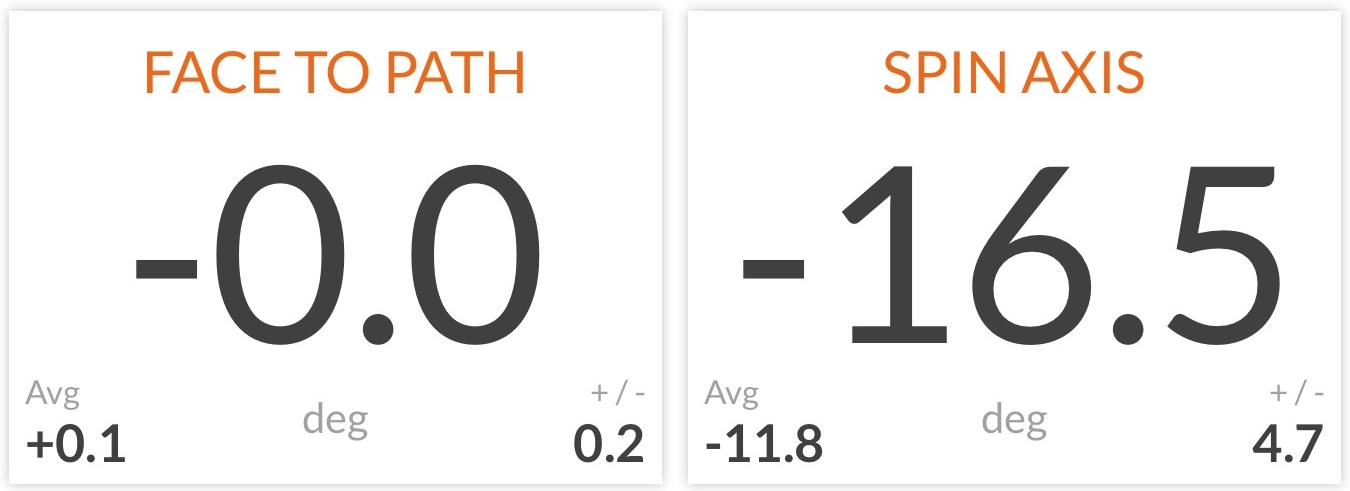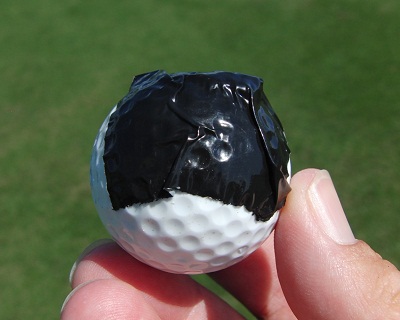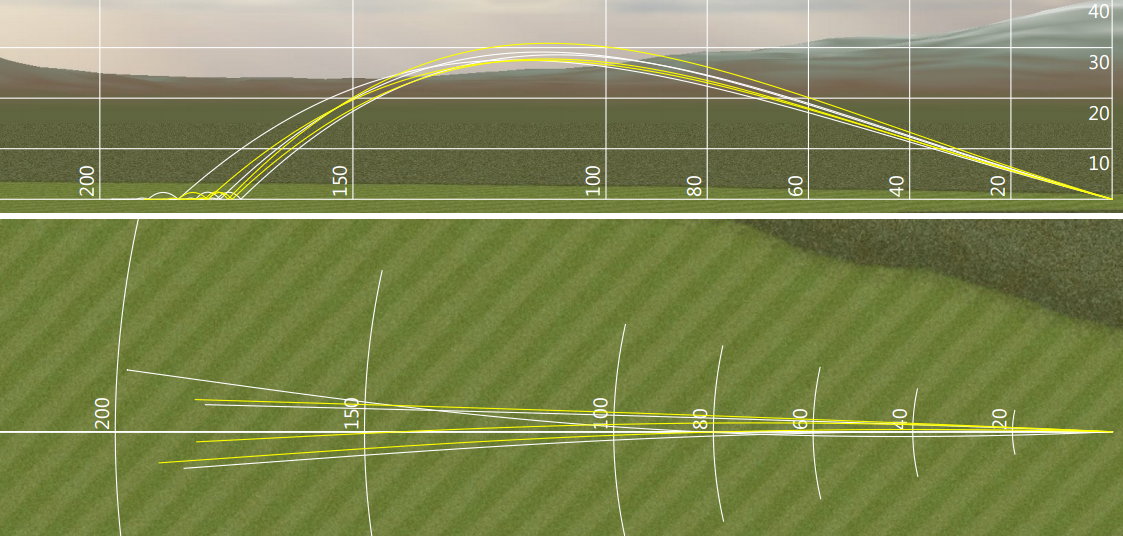Clear as Mud...Balls!
/It's never a good feeling when you've striped one down the middle and you get to your golf ball only to see a large chunk of mud attached to one side of your golf ball. For years I had heard that mud on the right would cause the ball to go left, but I never was sure. The best way to build some clarity - do a test! Here's a sampling of what we found...
For the "Facts of Golf" series I filmed recently with Revolution Golf in conjunction with PING this was one of the first ideas we were interested in testing. Thanks to some guidance from Erik Henrikson, Director of Innovation for PING, these were our findings:
- Mud on the left with a 'neutral' swing will almost always cause the ball to move strongly right in the air
- Mud on the right with a 'neutral' swing will almost always cause the ball to move strongly left in the air
- The large clumps of mud will be 'ejected' off the ball very quickly after impact, but it's the remaining small particles that alter the ball flight
- Mud that's located on the top, front or back will cause for quite a significantly shorter shot without much directional change
- It's hard to find good quality mud to do a test like this
Shot data for mud on the right (a fairly neutral swing) from TrackMan:
Shot data for mud on the left (a fairly neutral swing) from TrackMan:
As I hit each of these shots I was floored at how much the ball moved in the air relative to the feel of the shot. The feel was neutral, yet the ball seemed to take off with a mind of it's own. I hope this information helps you save a stroke or two the next time you encounter the dreaded mud ball!














